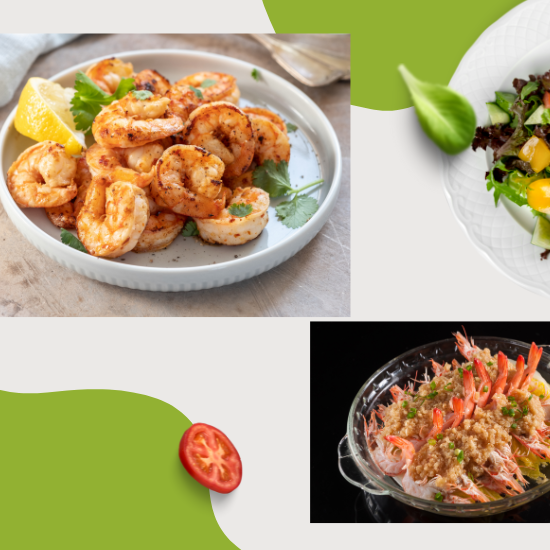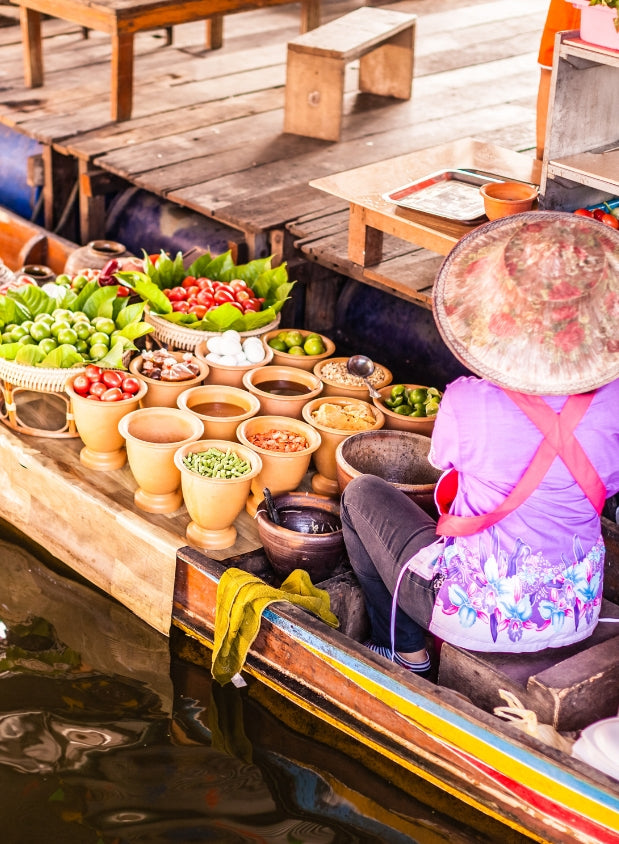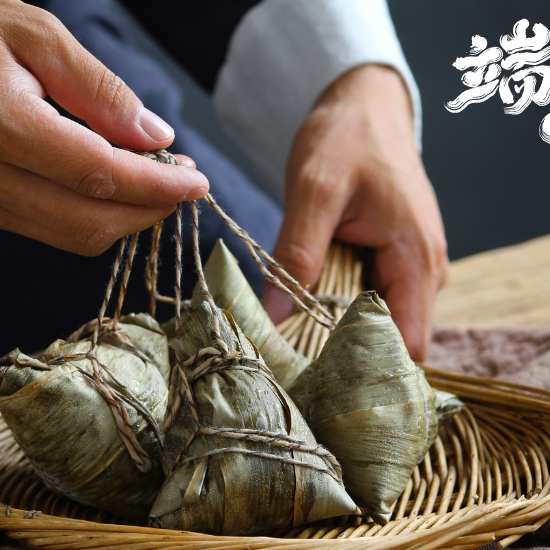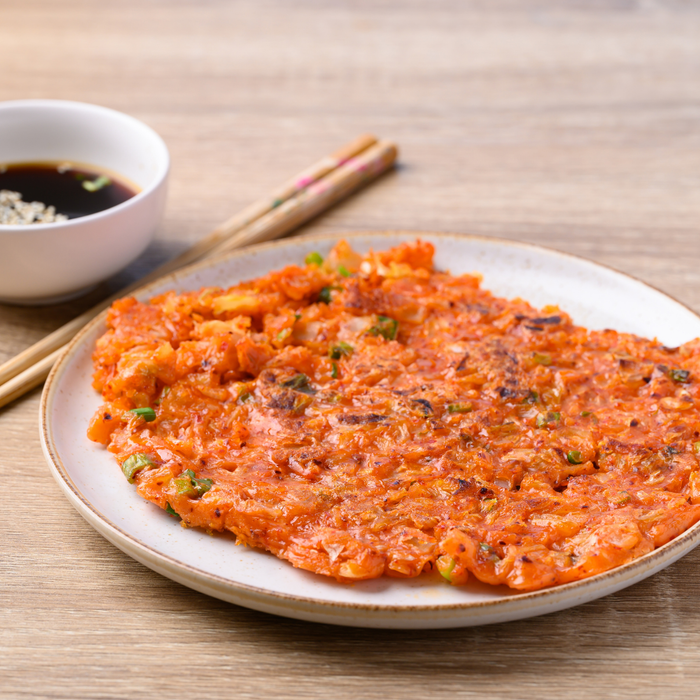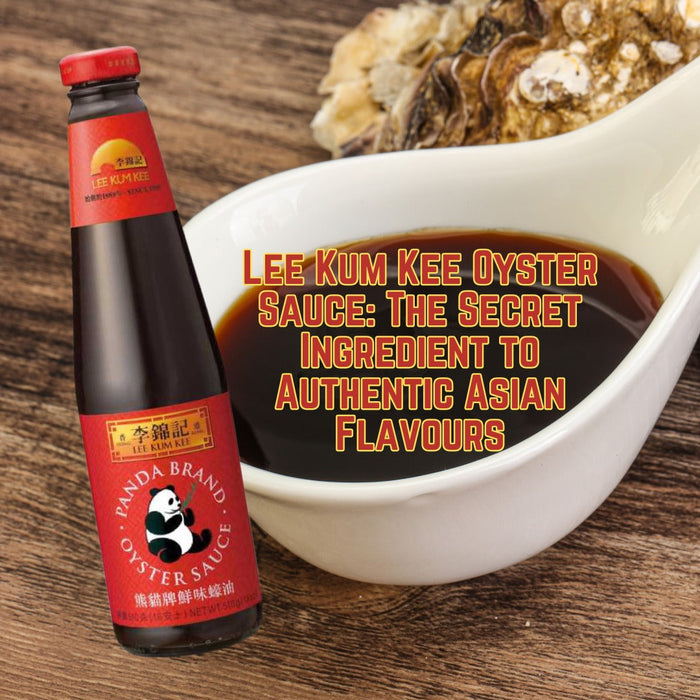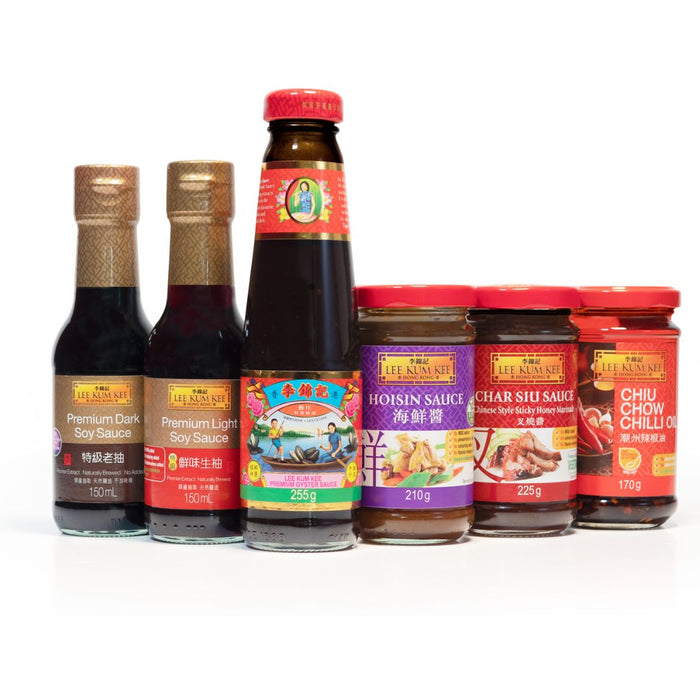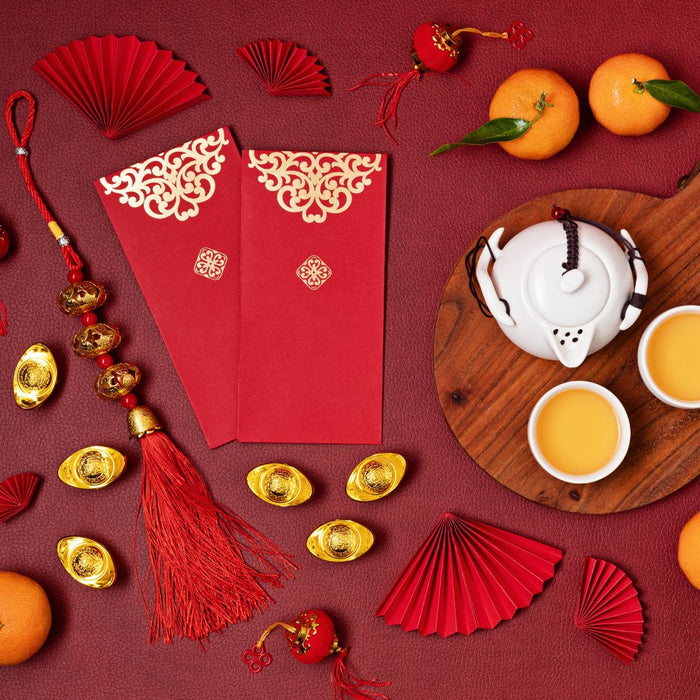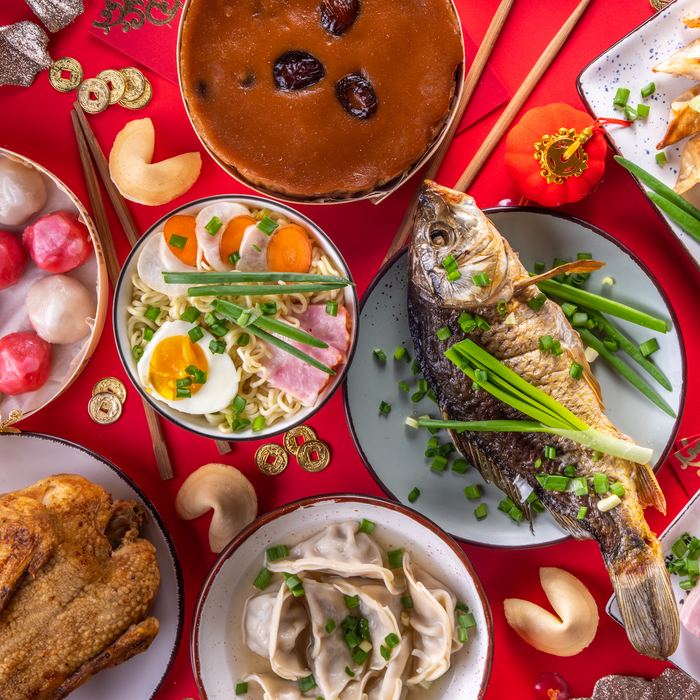Thai cuisine is a vibrant tapestry woven from a rich array of vegetables and herbs, each contributing its unique flavours and aromas to create dishes that are as delicious as they are diverse. From fragrant herbs that perfume the air to crisp vegetables that add texture and colour, Thai cooking celebrates the freshness and vibrancy of its ingredients. Join us as we delve into the heart of Thai cuisine and explore some of the most beloved vegetables and herbs used in Thai cooking.
1. Lemongrass (Takrai): Lemongrass is the embodiment of freshness in Thai cuisine, with its citrusy fragrance and subtle hint of sweetness. Used in everything from soups and curries to marinades and stir-fries, lemongrass imparts a bright and zesty flavour that enlivens dishes. Its tender stalks are often bruised or crushed to release their essential oils before being added to recipes, infusing them with their distinctive aroma.
2. Thai Basil (Bai Horapa): Thai basil is a cornerstone of Thai cuisine, prized for its pungent aroma and spicy, liquorice flavour. Unlike sweet basil, Thai basil has a more assertive taste that adds depth to dishes such as curries, stir-fries, and salads. Its glossy leaves and purple stems lend a pop of colour to dishes, while its peppery notes provide a pleasing contrast to other ingredients.
3. Galangal (Kha): Galangal is a rhizome with a pungent and aromatic flavour, closely related to ginger but with a more complex profile. Used in curries, soups, and stir-fries, galangal adds depth and warmth to dishes, with its peppery undertones and citrusy notes. Often used in combination with lemongrass and kaffir lime leaves, galangal is an essential ingredient in many Thai recipes, imparting a distinctive Thai flavour profile.
4. Kaffir Lime Leaves (Bai Makrut): Kaffir lime leaves are prized for their intense citrus aroma and unique double-lobed shape. Used in curries, soups, and stir-fries, kaffir lime leaves infuse dishes with their bright and refreshing flavour, adding a burst of freshness to every bite. Whether torn into pieces or finely sliced, these aromatic leaves are a hallmark of Thai cuisine, elevating dishes with their vibrant citrus notes.
5. Thai Chili Peppers (Prik Kee Nu): No discussion of Thai cuisine would be complete without mentioning Thai chilli peppers, which pack a fiery punch that enlivens dishes with their intense heat. Whether used fresh, dried, or in the form of chilli paste, Thai chilli peppers add depth and complexity to curries, stir-fries, and sauces, balancing out other flavours with their spicy kick. A little goes a long way with these potent peppers, making them a staple in Thai kitchens.
6. Thai Eggplant (Makhuea): Thai eggplant comes in various shapes and sizes, from small round varieties to slender, elongated ones. With their slightly bitter flavour and firm texture, Thai eggplants are perfect for absorbing the flavours of curries, stir-fries, and soups. Whether added whole or sliced, these versatile eggplants add a hearty element to dishes, contributing both flavour and texture to the culinary canvas.
7. Morning Glory (Phak Boong): Morning glory, also known as water spinach, is a leafy green vegetable with tender stems and leaves that are prized for their mild, slightly sweet flavour. Often used in stir-fries and soups, morning glory adds a refreshing crunch to dishes, while its ability to absorb flavours makes it a versatile ingredient in Thai cooking. Whether served as a side dish or incorporated into main courses, morning glory brings a touch of freshness to every meal.
In conclusion, Thai cuisine is a celebration of fresh ingredients and bold flavours, with vegetables and herbs playing a central role in its culinary tapestry. From fragrant herbs like lemongrass and Thai basil to pungent spices like galangal and kaffir lime leaves, each ingredient adds its own unique character to Thai dishes, creating a symphony of tastes and aromas that delight the senses. Whether you're a seasoned chef or an adventurous home cook, exploring the diverse world of Thai vegetables and herbs is sure to inspire creativity in the kitchen and elevate your culinary repertoire.
